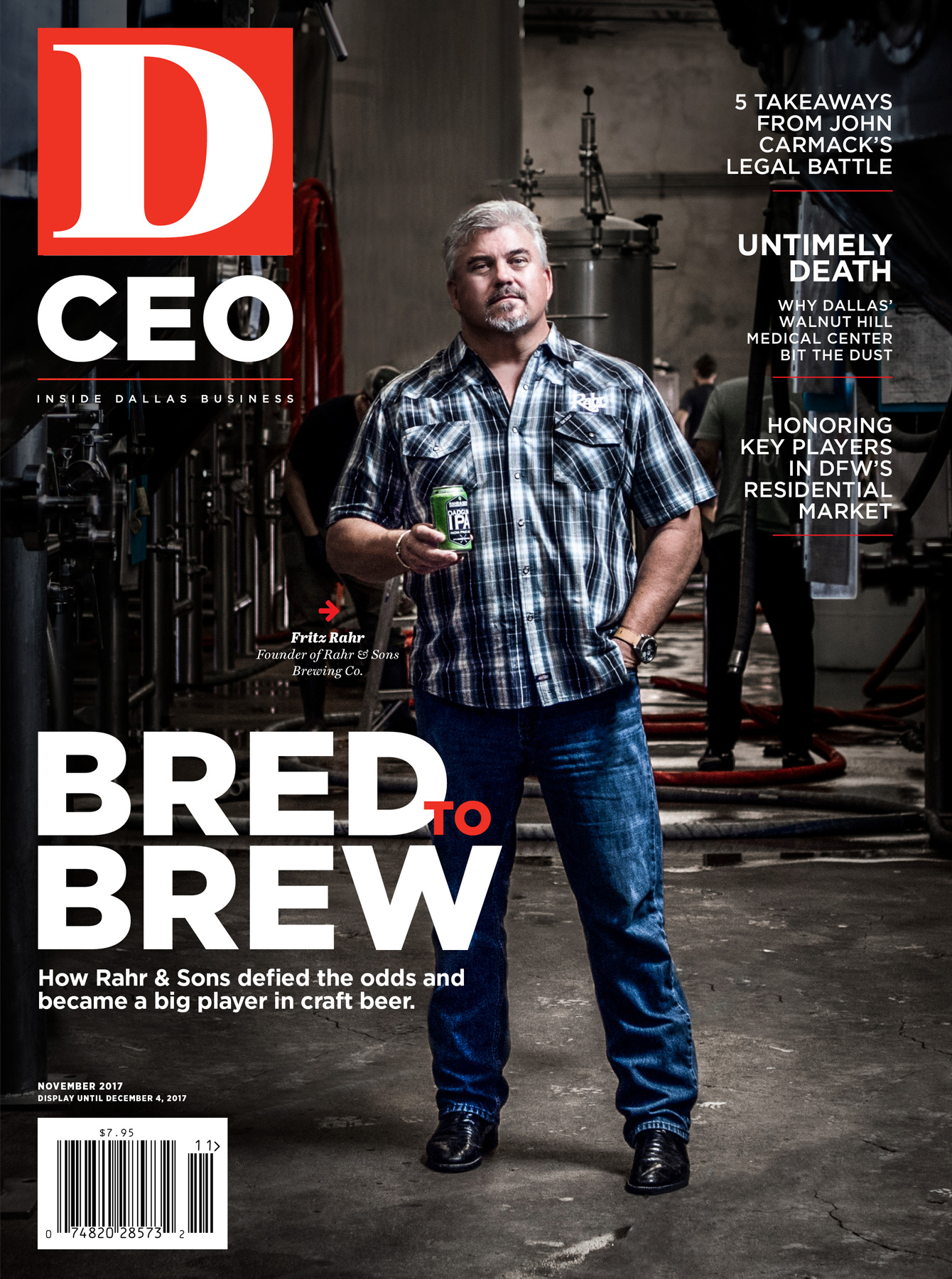With $18.5 billion, Texas was second in the nation, behind only New York’s $24.8 billion, in total spending on commercial real estate last year. The Lone Star State also boasted more than 700,000 construction jobs and, to fill many of those positions, it has relied for years on foreign workers—both authorized and unauthorized. Conversations about immigration and foreign workers often lead to heated debate, and that’s especially true in Texas, where the belief that foreign workers are taking jobs away from Americans is particularly strong.
But, what if Americans are not available or willing to take certain jobs? That seems to be the case in some industries, including construction. In July, the departments of Homeland Security and Labor announced a one-time increase in H-2B visas. The increase added 15,000 visas through the end of the 2017 fiscal year, which ended Sept. 30. Typically, there are only 66,000 H-2B visas available per year; 33,000 visas become available Oct. 1, and the second 33,000 on April 1.
H-2B visas are allocated on a first-come, first-served basis, and are for temporary, non-agricultural workers. To obtain an H-2B visa, employers must first meet eligibility requirements. They must prove there are not enough U.S. workers (able, willing, available, or qualified) and that, as a result, American business will “suffer irreparable harm without the ability to employ all the H-2B workers requested in their petition.”
Traditionally, construction workers are the second most frequent recipients of these visas, after landscaping workers, according to the Dallas Builders Association. The one-time increase implies American companies are experiencing an even greater shortage of laborers—and more reliance on temporary workers. “In my opinion, there was a shortage because, as of June, the numbers were running out,” says Martin Valko, an immigration attorney with Dallas-based Chavez & Valko LLP. “The No. 1 underlying theme among all [employers] is that American workers do not last. Who wants to work in 100-degree weather on a construction site?”
Though Valko says there’s no shortage of workers wanting to enter the U.S. legally, according to a Pew Research Center study there has been a decrease in the number of unauthorized immigrants in the U.S. The decline in migration to the United States is due in large part to a decrease of immigrants from Mexico—the largest group of unauthorized immigrants in the U.S.
Of the approximately 245,000 construction workers in Dallas, 89 percent are of Mexican origin, according to a study called Build a Better Texas, and about 50 percent of all Texas construction workers are undocumented. And in fact, contends Valko, “The majority of businesses in the U.S. are dependent on an unauthorized workforce, whether they like it or not, whether they know it or not.”
He adds that, in Texas, employers are not required to participate in the “E-Verify” database, an internet-based system that confirms whether an individual is authorized to work in the U.S. As a result, so long as the worker provides the employer with proper documentation and fills out the required employment verification paperwork, the company has completed all the steps required by the government.
Valko notes, however, that undocumented workers sometimes buy fictitious green cards and present them to employers, who can’t always tell whether the green card is “fictitious or an authentic card.” If they do suspect it’s false and hire the person anyway, though, employers can face legal consequences.
Despite the fact that the Dallas area is peppered with a great number of construction projects, Dallas is a less-than-ideal location for construction workers to live, according to a study by ABODO Apartments, which maintains an extensive inventory of multifamily properties.
In its “Cost & Opportunity” study, which examined the livability of cities given a specific occupation category, the report ranked the Dallas-Plano-Irving area 64th out of 76 regions across the country for those in the construction and extraction (meaning “earth drillers,” for example) fields. The study considered and compared the likes of wages and rents in each region. According to ABODO, the unsatisfactory wage is the main reason Dallas ranked so low. A general construction laborer in the Dallas area makes an average salary of $28,000, while a New York construction worker makes nearly $51,000, studies show.
Jose Garza, executive director of the Austin-based Workers Defense Project, which advocates for low-wage workers, says poor pay is just one part of the problem. The main reason there’s a shortage of labor is that the construction industry itself has failed to invest in its workforce, Garza says. “They have failed to invest the time and money to make sure that construction jobs are good-paying jobs, with pathways to middle-class careers,” Garza says. “And they have failed to invest the time to make sure that construction jobs are safe jobs.” According to a 2016 study by the WDP, more construction workers die in Texas than in any other state, with one worker passing away every three days.
In Dallas, the study goes on, the two leading concerns of construction workers are various forms of wage theft—such as not being paid time-and-a-half for overtime hours, or illegally having money deducted from their paycheck—and a lack of basic employments benefits, like medical insurance or paid sick days. The study found that, of those surveyed, more than 38 percent of Dallas workers reported their employer does not offer any benefits, and 13 percent of Dallas workers have experienced not getting paid by their employer at some point in their construction career. And, undocumented workers are the most likely to be abused.
Representatives of the North Texas construction industry either declined to comment for this article, or failed to respond to requests for comment.
An unauthorized immigrant named “Alexander,” an electrician and subcontractor who’s been in the commercial real estate industry for 12 years, echoes Garza’s concerns. He adds that the Texas political climate, including the state’s’ new “sanctuary cities” ban, has also impacted the workforce. “A lot of people here have decided to go to other states, ones that are more liberal,” he says. “They’re scared of being detained while they’re working, or being transported from their homes … or from work.”
According to a recent CBRE report, there was a nearly 12 percent increase in national construction costs between 2011 and 2016. Scott Beck, CEO of Dallas-based Beck Ventures, says one element in the increase—the cost of labor—has gone up because the demand exceeds the supply. Though an increase in material costs also contributes to construction cost inflation, he says, materials can be dealt with, usually by producing more or paying more.
“But with labor, there’s only a certain amount of actual workforce,” Beck says. “And a lot of it in construction is not just a person digging a ditch. It’s an actual person that has a skillset.” With a finite amount of labor, some contractors have begun “stealing” workers off other jobs, Beck says. They offer to pay workers one-and-a-half times what they’re already making, in exchange for showing up to the new contractor’s project the next day to meet a deadline.
Beck says that companies like Beck Ventures, which has been in business for 46 years, are somewhat less sensitive to labor-expense increases overall, because they’ve built good relationships with specific workers over time. But he says that for a huge project like its multibillion-dollar Dallas Midtown development, which will require a very large construction crew, Beck Ventures could encounter the same problems as everyone else. A number of workers who will be needed “have no allegiance to me more than they have to somebody else,” Beck says.
Nancy Hernandez is a freelance writer in Dallas.







